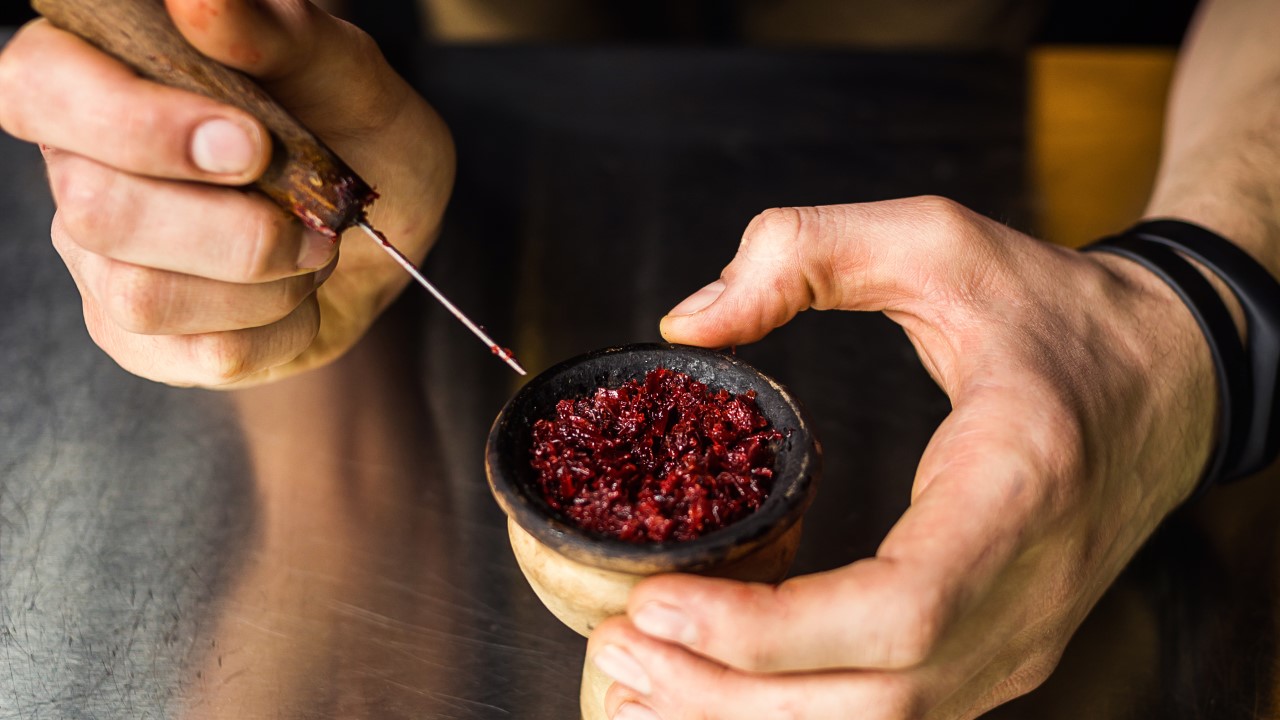For centuries, the production of Shisha tobacco, also known as hookah tobacco, has followed a time-honored tradition. This meticulous process involves a series of steps that contribute to the distinct flavor and quality of Shisha tobacco. In this article, we will delve into the captivating journey of Shisha tobacco production, from the cultivation and harvesting of tobacco leaves to the blending and aging process. Throughout our exploration, we will gain valuable insights into the craftsmanship and dedication behind this beloved tobacco product. To further enhance your understanding and discover a world of flavors, you may find a useful website like https://skopemag.com/2023/05/09/experience-a-world-of-flavors-with-these-hookah-shisha-blends beneficial. Read ahead to unravel the traditional methods that give rise to the captivating essence of Shisha tobacco.
Nurturing the Tobacco Plants
The process begins with the selection of appropriate tobacco seeds, followed by meticulous cultivation in suitable regions. Tobacco plants require specific conditions, such as ample sunlight and well-drained soil. They are nurtured with care, including pruning and pest management. When the leaves reach maturity, they are hand-harvested, ensuring each leaf is picked at its prime.
Transforming the Leaves
After harvesting, the tobacco leaves undergo a curing process to remove excess moisture and enhance flavor. Traditionally, the leaves are hung or strung on sticks in well-ventilated barns. They are left to air-dry or undergo controlled heating, which initiates fermentation. This curing and fermentation process is crucial in developing the desired flavors and aromas of Shisha tobacco.
Creating a Harmonious Mixture
Following curing and fermentation, the tobacco leaves are sorted based on size, texture, and color. This meticulous sorting ensures consistency and quality. Skilled blenders then create unique blends by carefully combining different tobacco varieties. These blends allow for a wide range of Shisha tobacco flavors to cater to diverse preferences.
Flavoring and Moisturizing:
To enhance the smoking experience, flavorings and moisturizing agents are added to the Shisha tobacco. Ingredients like molasses, honey, and fruit extracts introduce a variety of flavors, from fruity and floral to spicy or sweet. These additions impart delightful tastes and help keep the tobacco moist, ensuring a smooth and enjoyable smoke.
Allowing Flavors to Develop
After blending and flavoring, the Shisha tobacco undergoes an aging process, allowing the flavors to meld and intensify. The tobacco is stored in temperature-controlled environments, often in large containers or barrels. The tobacco naturally matures during this period, which can range from several months to years, resulting in a more refined and complex flavor profile.
Bringing Shisha Tobacco to Consumers
Once the tobacco has matured, it is carefully packaged to preserve its freshness and quality. Airtight containers or pouches are used to maintain the flavor until it reaches consumers. The packaged tobacco is then distributed to markets, shops, and cafes, where Shisha enthusiasts can enjoy the rich traditions and flavors of Shisha tobacco.
Conclusion:
The traditional process of Shisha tobacco production encompasses a journey of cultivation, harvesting, curing, blending, flavoring, aging, and packaging. The attention to detail and craftsmanship involved in each step contribute to the distinctive qualities that make Shisha tobacco beloved by enthusiasts worldwide. From the careful selection of tobacco leaves to the artful blending of flavors, the traditional process preserves the essence of this time-honored tradition. Understanding the intricacies of the traditional process deepens our appreciation for Shisha tobacco, its cultural significance, and the craftsmanship involved. Let us recognize the labor and artistry that go into each step of Shisha tobacco production, as we savor the flavors and enjoy the rich heritage of this ancient practice.












